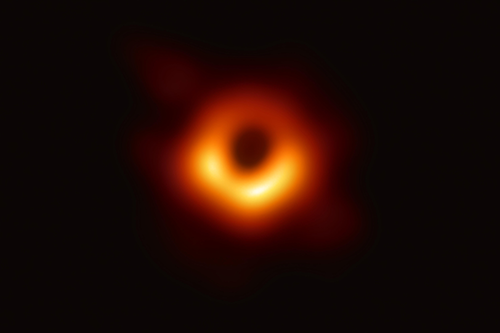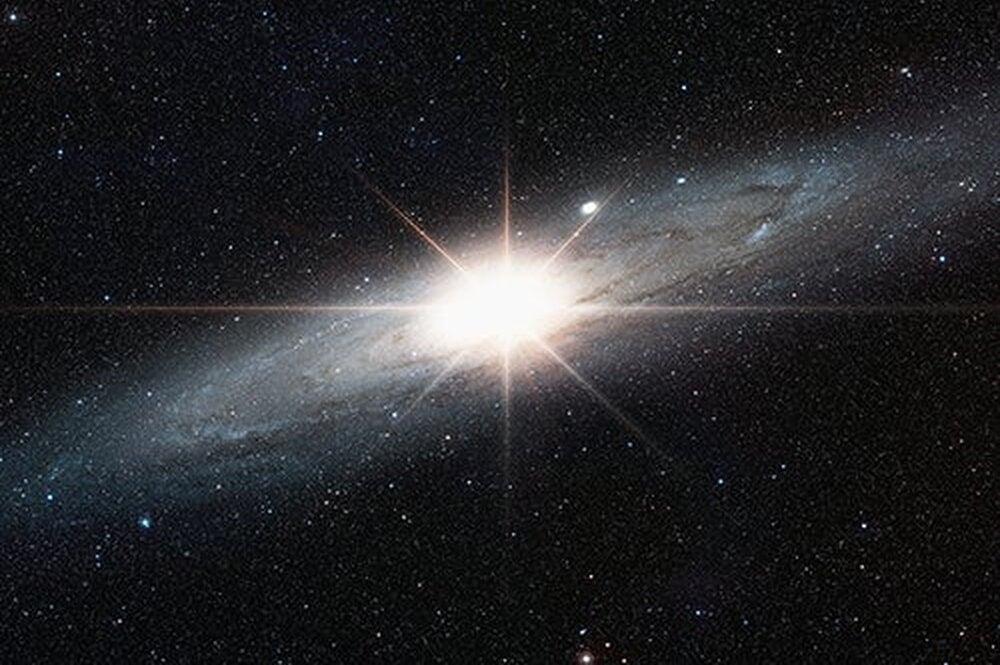

The Bloomberg 50 annual list includes innovators and leaders who have impacted and defined our world—and beyond—in 2019. So, it is no surprise to find the Event Horizon Telescope leadership team, including Charles Gammie, astronomy and physics professor at Illinois, recognized among the most influential authorities of the last year.
The EHT team unveiled the first image of a supermassive black hole in April, and Gammie said he is deeply honored to be included within the list for work that has been a highlight of his career as an astrophysicist.
“I think it's important to point out first that I'm really representing a large collaboration who worked hard to make this measurement possible,” Gammie said following the publication of the list. “I've been thinking about black holes since I was an undergraduate and never dreamed it would be possible to see one until EHT came along.”

The Event Horizon Telescope Project captured the image of the mysterious matter, which is located at the center of a galaxy in the constellation Virgo. The project required collaboration of more than 200 scientists affiliated with more than 60 institutions using eight global radio observatories to chart the sky for 10 days in 2017, Bloomberg wrote.
“In April 2019 the team released their findings, which included an image of a dark circle surrounded by a fiery doughnut (the galaxy Messier 87), 55 million light years away and 6.5 billion times more massive than our sun,” Bloomberg shared. The team’s name, Event Horizon Telescope Team, refers to the edge of a black hole, the point beyond which light and matter cannot escape.
“The image itself is a giant leap for black hole science,” Gammie said. “It greatly enhances our confidence that we understand something about how a rotating black hole interacts with its environment. Finally, it's incredibly gratifying to see University of Illinois graduate students get involved in EHT and make major contributions to an important project.”
Bloomberg Businessweek has published the annual, unranked list since 2011.


